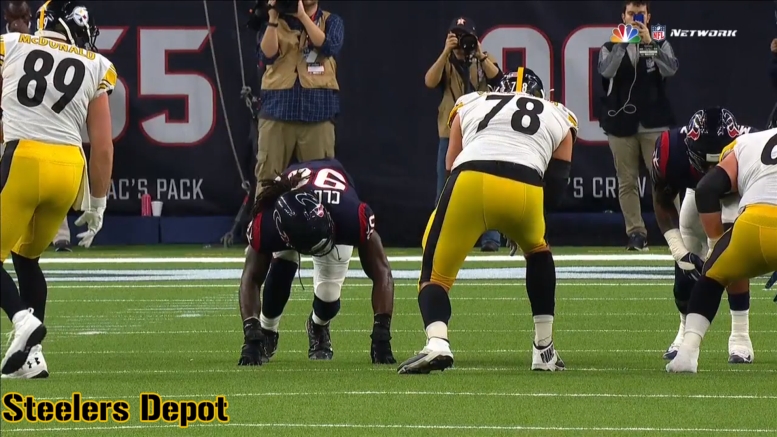As Dave Bryan relayed to us yesterday, there was a report out that the salary cap is projected to be ‘just’ $177.2 million for the 2018 season. While that is still an increase of more than $10 million from last year’s salary cap of $167, it is slightly under the projections.
For most of the offseason, the majority of outlets have been operating under a projected salary cap of $178 million, including us here, and at Over the Cap as well. It was just a week ago or so that Pro Football Talk published a report stating that the cap would be “at least $178 million” and could even exceed $179 million. Instead, it comes up shy of even that number. But Pro Football Talk also provides a reason for that.
As I wrote in the article linked above, the salary cap is a negotiated figure between the NFL and the NFLPA. The higher the salary cap figure is, the more money is available for players to earn, and for teams to sign players to, as should be exceedingly obvious.
While expectations were for the salary cap to be higher, there will still be additional money available for players, and in fact that money will be available to those who deserve it most. Mike Florio writes that “the lower-than-expected cap resulted from extra money being diverted to the Player Performance Pool”.
You might recall hearing the phrase “Player Performance Pool” recently around here. It was an important source of additional revenue most recently for Pittsburgh Steelers left tackle Alejandro Villanueva during the 2015 and 2016 seasons, when he served as the team’s primary starter at the position, yet was only paid at the league minimum.
The Player Performance Pool is a cache of money that is set aside from all teams that is given to players relative to their salaries based on the amount that they played and also how well they played. Because of the extent and quality of his play, Villanueva earned more than half a million more for those two seasons than he otherwise would have. As Florio writes:
“The Player Performance Pool provides supplemental pay to players based on total snaps and standard compensation, via a formula that looks to reward lower-paid players who end up carrying a heavy workload. The good news, then, is that these overworked-and-underpaid men will get a little more extra than they otherwise would have”.
This doesn’t necessarily benefit any one team directly. The money does not affect their salary cap nor does it come out of their pockets. All teams pay into the pool, and it is paid out to whichever players earn it.
This is good for the players lowest on the totem pole carrying the biggest load, but it does take a bit away from what teams can spend on their 53-man roster.








